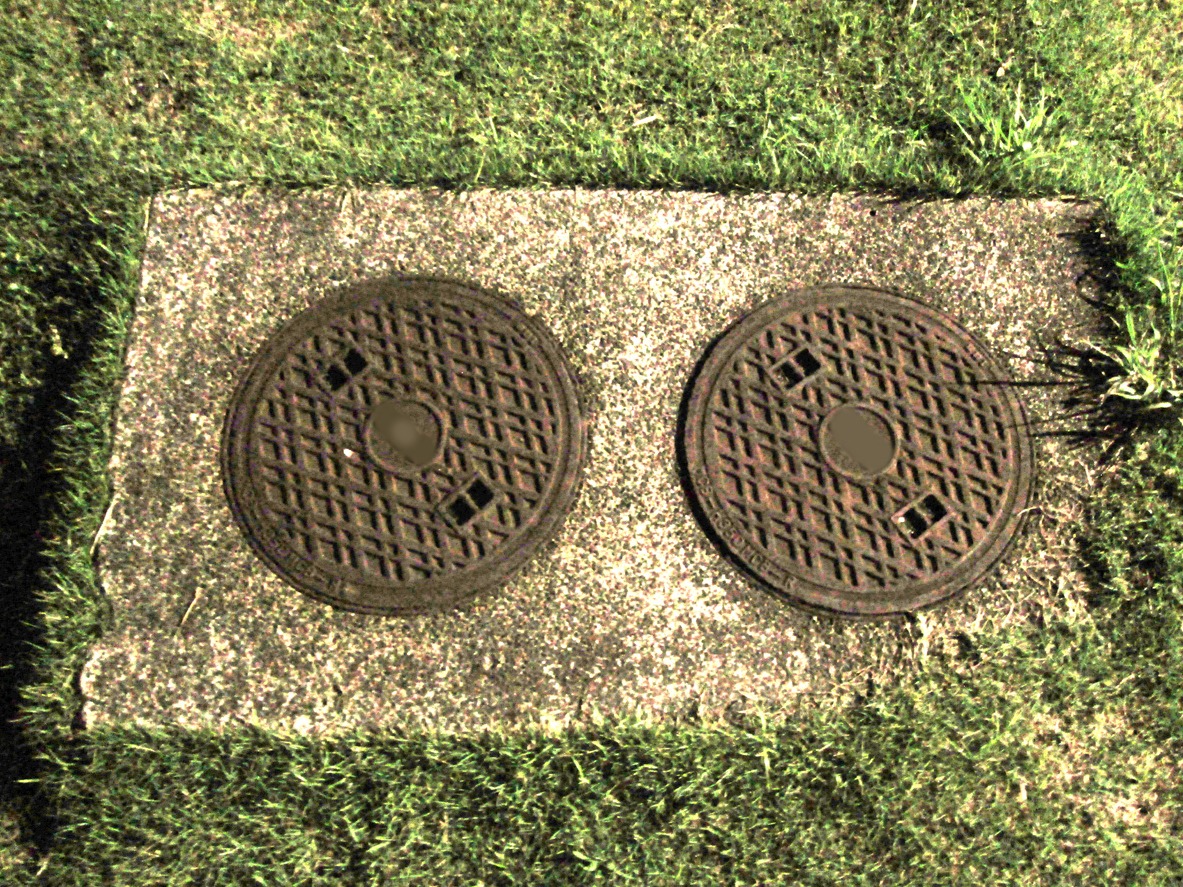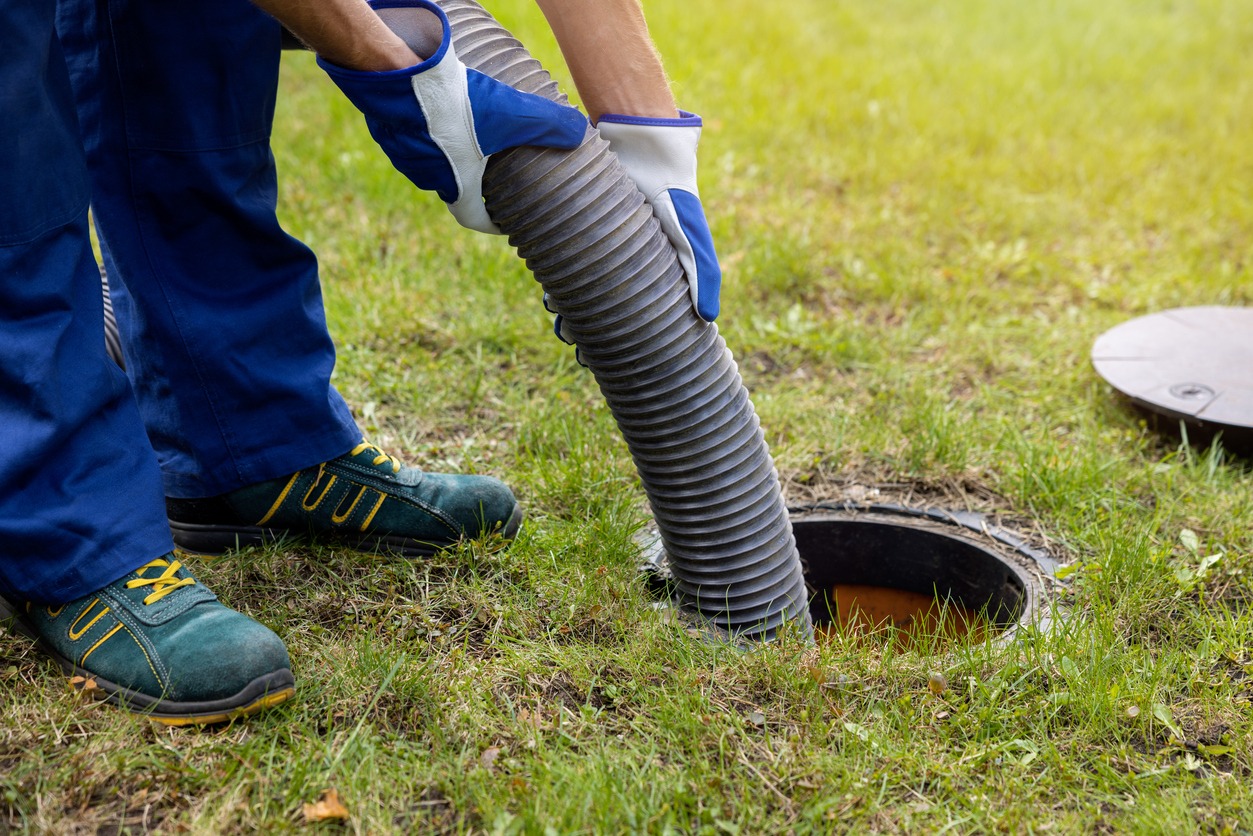A lot of homes have on-site wastewater management systems which are commonly called septic systems or septic tanks. Since they are buried, it can be easy for homeowners to forget about them. But as a homeowner, it is your responsibility to inspect and maintain your septic system. A properly designed, constructed, and maintained septic system can provide you with long-term, effective treatment of household wastewater. To know more about wastewater management you can reach out to Cleanawater.
If you are about to buy a new home with a septic system, and you are looking for more information about it, you’re in the right place. Today, we are giving you the ultimate guide on all the things you need to know about septic systems and septic tanks.
What is a Septic Tank, and How Does it Work?
A septic tank is an underground chamber that is usually made of concrete, fiberglass, or plastic. It is where domestic wastewater or sewage flows for basic treatment. They are usually used in areas that are not connected to a sewerage system, like in rural areas. The term septic refers to the anaerobiotic bacterial environment that develops in the tank. It is responsible in decomposing or mineralizing the waste discharged into the tank. You can also check out Robinson Restoration specializes in septic tank installation in Estacada for more great options.
The sewage treatment process begins when water runs out from your home’s bathrooms or kitchen into the first chamber of the septic tank via a drainage pipe. Once inside the container, wastewater remains there until oils and greases form a layer on the top and solids sink to the bottom. The top layer, which is called scum, is where the bacteria will work naturally to breakdown the solids, forming the layer of sludge at the bottom.
In the middle, what will be left is the watery waste, which will flow to the second chamber for further settlement. The remaining water, called the effluent, will finally be released down into the earth through an outlet pipe, soaking it down into the ground for further treatments. The process of breaking down wastes depends on how many chambers the system hasand the type of bacteria in place.
Components of a Septic System
A common septic system has four main components, which are:
- The pipe from the house: This is where all of your household wastewater exits going to the septic tank.
- Septic tank:This is the buried, watertight container that contains the wastewater for a while to let solids to settle out and oil and grease to float to the surface. Aside from that, it also allows partial decomposition of the solid materials. It contains compartments and a t-shaped outlet, which stop the sludge and scum from exiting the tank and going into the drain field area. It is also recommended to have screens to keep solids from entering the drain field. There are newer versions of septic tanks that have risers with lids at the ground surface. These allow easy location, inspection, and pumping of the tank.
- Drain field:From the septic tank, wastewater is discharged into the drain field for further treatment by the soil. The partially treated wastewater will be pushed along into the drain field every time new wastewater enters the tank. If this becomes overloaded with too much liquid, it will flood and cause sewage to flow to the ground surface or make backups in plumbing fixtures, preventing treatment of all wastewater. If your current drain field fails, a reserve drain field is required.
- Soil:When the wastewater flows to the drain field, it percolates into the soil, which provides the final treatment. This removes harmful bacteria, viruses, and nutrients. You need to have suitable soil for successful wastewater treatment.
Alternative Systems
There are places that do not have soils appropriate for typical septic systems. If this is the case in your area, then you need to have an alternative system. This is also needed if there are too many typical septic systems in one area or if the septic systems are too close to groundwater or surface waters.
Alternative septic systems can use new technology to improve treatment processes. It might also need special care and maintenance. Some examples of alternative systems are peat, sand, or plastic media instead of using soil to promote wastewater treatment. Others also use lagoons, aerators, wetlands, and as well as disinfection devices.
Different Types of Septic Tanks
Septic tanks are made of various materials, and each offers different levels of strength and durability. Here are the different types of septic tanks and the pros and cons of each:
Concrete Septic Tanks
Concrete septic tanks are durable and can last of several decades. However, if a concrete septic tank cracks, it can let waste seep out and allow groundwater to seep inside. Also, when a backup occurs in this type of septic tank, the blockage could impact the outflow of the water.
Steel Septic Tanks
Steel is known to be a durable material. However, septic tanks that are made of steel can only last for about 25 years before they start to rust. With this, homeowners rarely choose steel septic tanks. When corrosion begins on the roof of a steel septic tank, it could become too weak to support the ground above it, which can cause a person or an animal to fall into the tank.
Fiberglass Septic Tanks
This type of septic tank will not crack like concrete or rust like steel. It is also a lot lighter compared to septic tanks made of other materials. This makes fiberglass septic tanks easier to install. However, due to their lightweight, they are also more likely to shift when the surrounding soil becomes soaked.
Plastic Septic Tanks
Septic tanks that are made of plastic are lightweight, durable, and inexpensive. They also won’t rust and are less susceptible to cracking compared to concrete. They are also very easy to install. However, their lightweight makes them prone to damage during installation. Aside from that, they can also float to the surface when not installed properly.
Aerobic Septic Tanks
Aerobic septic tanks are powered by electricity. These are usually installed when other tanks on a property have failed. They about three times more expensive compared to other types of septic tanks, but they are more effective. Aside from that, they also require smaller fields, which is a huge benefit on smaller properties. However, aerobic septic tanks require more frequent maintenance, but they can last for manyyears.
Pros and Cons of Having a Septic Tank at Home
Here are the advantages and disadvantages a septic tank at home has:
Advantages of Having a Septic Tank
- Cost-efficient: Residents who live within town limits usually pay a monthly utility bill to cover sewer costs. But if you have a septic tank, you don’t need to have this recurring expense.
- Self-maintaining: When a septic system is cared for properly, it can last for decades. Some of the lifestyle choices that can protect your septic tank are limiting the use of bleach, conserving water, and being careful about what goes down the drains.
- Safe:In case of a blockage that causes waste to go back up into your home, if you have a septic tank, you at least know where those waste came from. Unlike on a municipal system, a back up can bring pathogens from the entire community into your sinks, toilets, and tubs.
- Eco-friendly: A septic system by design is an eco-friendly home feature. For example, if ever a leak were to occur, it would only affect the local property. In a municipal system, when a leak occurs, the damage is widespread.
Disadvantages of Having a Septic Tank
- Regular maintenance: When you have a septic system at home, you need to let a professional check it periodically. The solid waste should also be pumped every three to five years, and the tank should be inspected for damage, too. These services may cost from $200 to $400 depending on where you live.
- You are responsible for repairs: When a municipal sewer pipe leaks or backs up on your property, it is the government’s responsibility to have it fixed. However, if your septic system backs up or if a pipe leaks, the cost of repairs will be shouldered by you. But you can prevent significant problems by knowing how the system works and being vigilant about signs of leaks.
- When the drain field fails: It can also be stressful when the drain field of the septic system fails. Some of the things that may cause it to fail are compacted soil, tree roots encroaching, and groundwater saturation.
Conclusion
It’s great to have septic tanks if you want a reliable system to deal with your waste requirements and you don’t mind the inconvenience of having them emptied more often. Therefore, if you are planning to buy a new home, it is also important to know if it has a septic tank. If it does, you can also include that in your home inspection so that you’ll have composure and prevent any costly headaches after you move in. We hope the information we shared here helped you in learning more about septic tanks.


